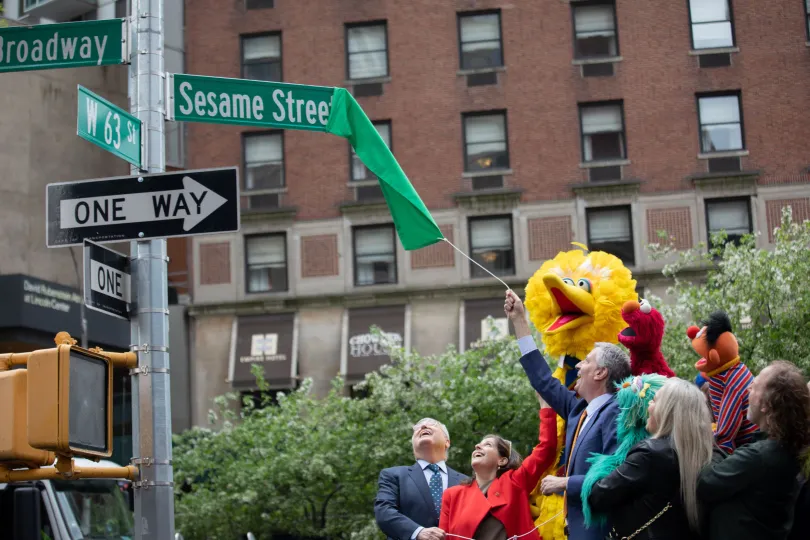How to Rename a Street in NYC: The Right Way to Dub Your Block
If you’re feeling moved to commemorate a neighborhood hero, this guide’s for you.

 This article was originally published on by THE CITY
This article was originally published on by THE CITY
Is your block named after a famed New Yorker? If you’ve wondered how that happened, this guide is for you.
The thoroughfares of New York pay tribute to all kinds of its characters and people. From entertainers (Jerry Orbach, Billie Holliday) to activists and political figures (civil rights advocate Jacob Birnbaum, the late City Councilmember James E. Davis) to pop culture favorites, like at the intersection of Ludlow and Rivington street on the Lower East Side. After a years-long effort, it was renamed Beastie Boys Square last year.

Brooklyn Boro
View MoreNew York City’s most populous borough, Brooklyn, is home to nearly 2.6 million residents. If Brooklyn were an independent city it would be the fourth largest city in the United States. While Brooklyn has become the epitome of ‘cool and hip’ in recent years, for those that were born here, raised families here and improved communities over the years, Brooklyn has never been ‘uncool’.